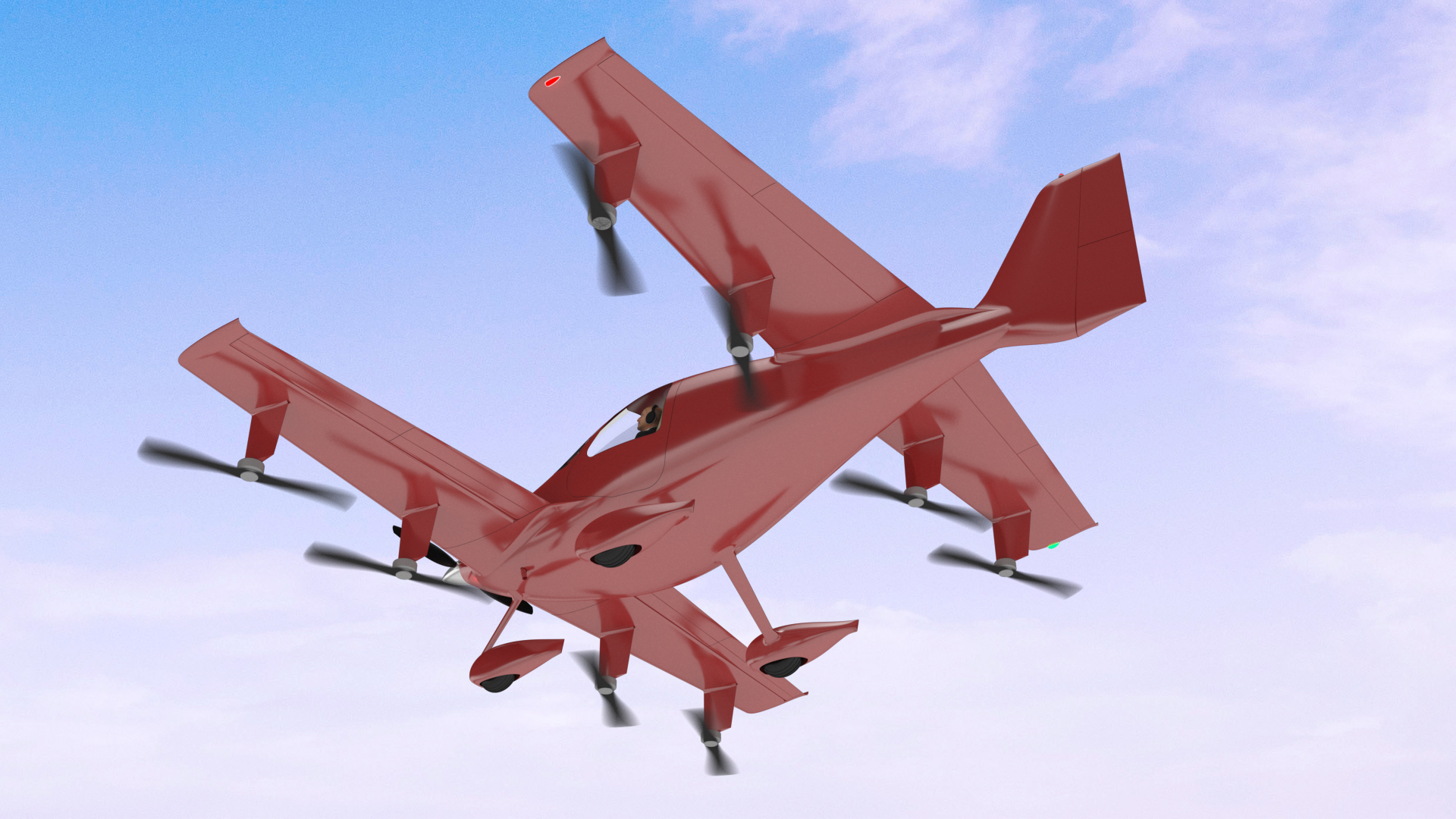What airplanes are becoming massive? The history of aviation knows several massive aircraft. These are machines that do not have outstanding characteristics, but they very accurately fall into the consumer's request, working for decades without fail, every day. Among domestic aircraft it is worth mentioning the An-2 (about 17 thousand aircraft), and among foreign Cessna 172 (more than 44 thousand aircraft). If we analyze the reasons for their success, first of all, we can distinguish simplicity and reliability. Of course, with the development of technology, we must offer new, more effective solutions. Project Flyter is created by us as a modern workhorse.
The flyer is a modular aircraft. At first, we will transport cargo (cargo module), and over time, when the structure and autopilot will be worked out, we will create a manned version (manned module), as well as an autonomous version (aerotax module). In this case, the same device, as necessary, can be used in any of the three versions, after a minimal reconfiguration.
Our task is to make a simple resource glider (more than 10 thousand hours) - inexpensive and reliable in operation. Therefore, we do not pursue high speed and do not plan to turn aerobatics. In the base model, we lay not a retractable landing gear and non-foldable pylons of lifting propellers, and composite materials will be the basis of the design.

Most flight accidents occur on takeoff and landing. We strive to create a family of aircraft that will be safer and more reliable than manned vehicles. To do this, we duplicate controls. Our device can take off and land both in aircraft and in engine mode. The marching engine is insured by an electric motor-generator. Each Flyter is equipped with a parachute rescue system.
We strive to achieve low cost of production and operation. To do this, we work with the aerodynamics of the airframe and propellers. Marching screw directly rotates from the internal combustion engine, which eliminates the loss of conversion of mechanical energy into electrical energy.
We use time-tested solutions. For exampleas a prototype, we chose the American planes of the Quickie tandem scheme (more than 350 aircraft) and QuickieQ2 (more than 2000 aircraft).